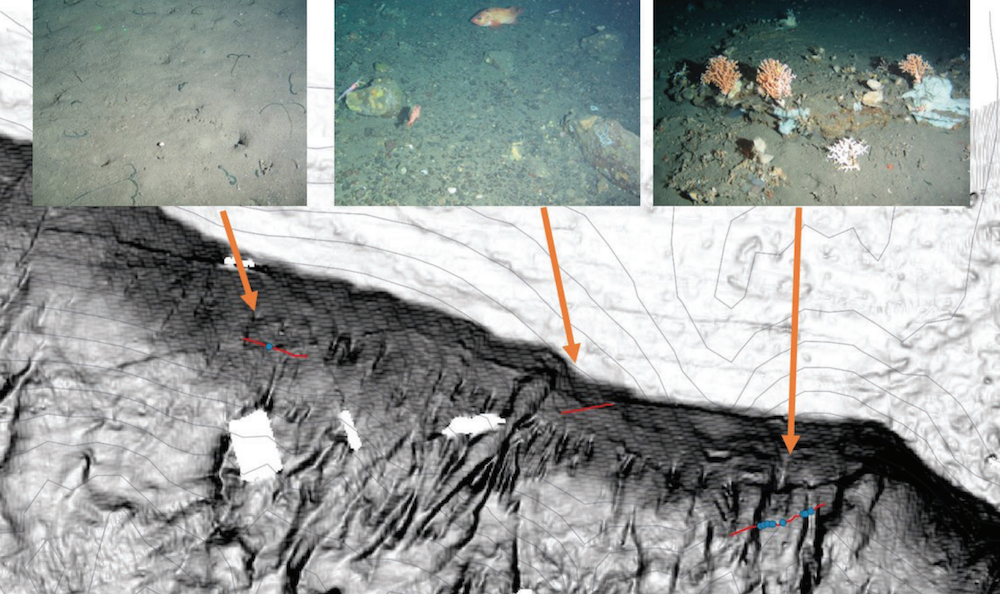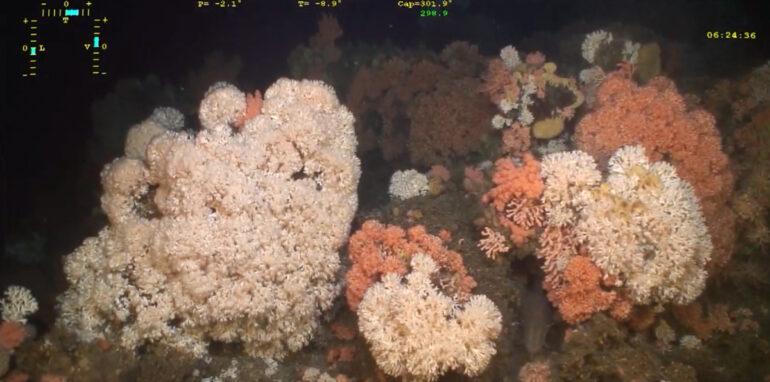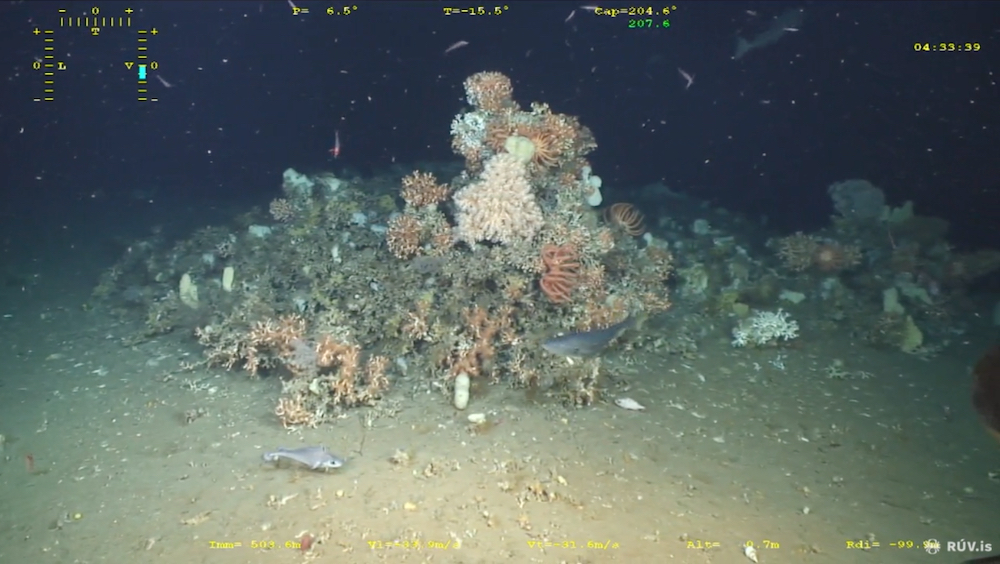Thanks to the help of scientific ROV’s, we are not getting a glimpse into this deep dark alien world of Icelandic reefs. These corals live in complete darkness below the mesophotic zone at a depth of 600 – 2,000ft, (200-600 meters).
The most recent discovery off the country’s southern coast is part of a larger fisheries mapping initiative to document and preserve these fragile ecosystems. Unfortunately, the team did find that some reefs were already completely destroyed by fishing gear, but they remain hopeful of finding intact, healthy coral in nearby areas.
The team of Icelandic scientists began their extensive seabed mapping project by consulting with ship captains in the year 2000. With this information, they spend the next decade mapping the seabed.

While documenting the coast they found vast coral reefs to the south, out from Reykjanesskaga peninsula, and also to the west.
“These are deep-sea coral,” explained marine biologist Steinunn Hilma Ólafsdóttir. “They prefer colder seas, are found deeper. The coral we have here around Iceland are found at a depth of 200-600 metres (656-1,968ft) and are, in reality, the same type of coral, stony coral [Scleractinia]. But these corals here around Iceland are non-photosynthetic and they don’t utilize sunlight.”
Scientists continue to map and document the corals raising awareness about their existent, and why protecting these habitats is important for overall fisheries health. Deepwater corals take a very long time to grow and can be damaged from fishing gear.
Some fishing grounds around coral reef beds have been closed in order to protect them and, with luck, continued seabed mapping will help scientists better identify areas where coral reefs are prevalent.
“We’ve seen areas that are ruined, if you can put it that way,” remarked Steinunn Hilma. “Completely destroyed because they’re located in fishing grounds. But we’ve also since seen coral areas that are incredibly beautiful – large and expansive coral areas with big coral reefs.” [Iceland Review]





